How to deal with a grumpy child: 5 positive actions to help with whining, sulking and pouting
Your kids are driving you slightly crazy, yes? Oh my goodness, I can relate. These tips will help you deal with a grumpy child and teach them how to communicate without whining, sulking, or pouting.

But before you go any farther, you need a plan that you can use for most every discipline situation. Grab the Happy Parent Checklist right now to learn a simple 5-step process to get kids to help out more while forming a closer, positive connection.
Got it? Perfect!
Do any of these sound familiar?
Your son is mad at you because you poured milk on his cereal when he only wanted it on the side.
Your daughter huffs past you in a little ball of rage because her brother is taking all the attention… AGAIN.
And you?
You are fed up.
How do you handle a moody kid?
I’ve been there. Frankly, as recently as yesterday.
I find there are two ways to deal with a grumpy child. The first way is preventative. Teaching kids how to identify and COMMUNICATE their feelings will mean fewer tantrums in the future.
The second way is reactive – when your kid’s emotions escalate and you need to take action.
These tips will help you assess the situation, deal with it and not lose your mind in the process.
Kid moody? First, breathe

If you are like me, you can usually handle the first bouts of moodiness very well.
But then, the whining continues.
It drains on you.
It exhausts you until you feel like you are ready to curl up into a little ball and cry.
And there is no shame in that! I’ve done it. The way I see, your kids need to see that their actions push people to emotional limits.
If you realize what is happening before you get to that point, take a time out for yourself and breathe.
Don’t react.
Stand there and take a few deep breaths. When you ready, here’s what to do.
Child moodiness: figure out the trigger
This takes a little investigation because kids will never tell you what made them emotional.
Depending on the age of the child, they frequently don’t even know themselves.
Start thinking about what happened before the incident.
Was your child fine and then suddenly moody and refusing to cooperate? What was the incident that made them that way?
Some common triggers are:
- a sibling getting attention
- hunger
- tiredness
- told to do an undesired activity (i.e. homework or chores)
- being reprimanded
- told to stop doing something fun, like come inside to eat and say goodbye to friends.
Once you identify the trigger, don’t feel like you have to solve it!
In fact, unless its hunger (where its probably in your best interest for the long haul to give him or her a snack), let it be.
In my experience, asking a moody child questions about why they are upset will only escalate the situation. Knowing the trigger is for your benefit at this point. You can address the cause after the child has calmed down.
What are the best actions to take at this point?
Try not to take the bad mood personally
The bad mood is not personal – it’s just communication. Something is going on and your child may not know how to verbalize it.
While she’s in the bad mood, concentrate on regulating your own emotions instead. What are you thinking when you child is slamming doors or screaming at their sibling?
Are you thinking:
- She’s going to hurt somebody.
- What will people think of her if she did this in public?
- She’s so unappreciative! I can’t believe she acts this way after I do so much for her.
- What am I doing wrong?
Any of those thoughts will send your anxiety and frustration skyrocketing. I get it.
If you feel yourself getting heated, put on your best calm voice and say something like, “I can feel myself about to lose my temper. I need a minute to cool down.”
My favorite tactic is to excuse myself to the bathroom or say I left something in the garage – and then spend a really, really long time getting it.
Ask Your Child If They Need Time Alone
it’s worth noting that this doesn’t work for every child.
However, some kids appreciate quiet time away from other family members to regroup.
This is not a time out, because your child has complete control of the situation. She decides when and if she wants to go to another room and when she emerges from her room based on how she’s feeling.
The best way to handle this is before the grumpy behavior occurs. You can use an “I notice” statement like we teach in our course, Calm & Happy Parenting, such as:
“Hey, I notice that you got upset today at dinner and yelled at your sister. Sometimes I like to have time by myself when I’m really angry. Would you like to try going to another room when you’re upset to cool down?”
If she wants to try it, suggest it to her next time you see her emotions rising. Let her stay in her chosen quiet place for as long as she needs.
It’s not too long if your child remains in that place for over an hour. All children require different amounts of time to process the situation and discover why they are feeling the way they do.
Hold her
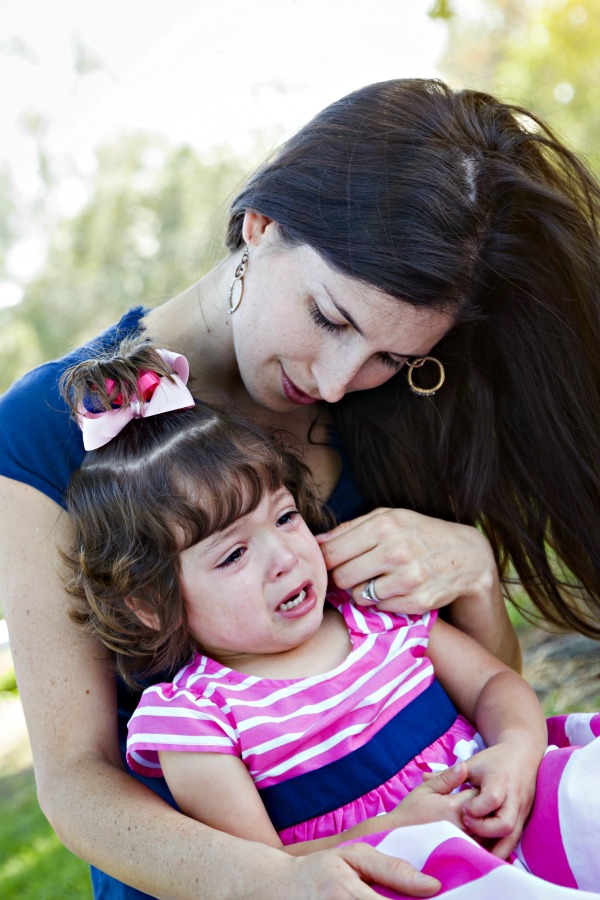
Sometimes, hugs make everything better. And your child may be grumpy if they crave connection with you.
It sounds counterintuitive to some extent because it might feel like you are rewarding your child for supposed bad behavior – but you’re not.
Behavior is communication and our kids aren’t yet capable of expressing all of their needs in a calm way. Honestly, many adults are capable of being calm 100% of the time either.
Remember that you are learning as you go as a parent. No one has a child and immediately knows the best way to raise them.
Parenting is constant experimentation between what works for your own child and what works for your personality.
So if you’ve tried one strategy for a while and it’s just not working… think 10-15 times…feel free to change it up.
If leaving the room is not helping your child, hold her.
Hug her and tell her it’s ok to be in a bad mood and ok to be sad.
You may find that she breaks down and cries with this extra attention. Try and see what happens.
Or, she may push you away and continue sulking. At which point, I usually text a friend for some moral support while I’m dealing with the situation. It’s easier to keep my cool when I know someone is in my corner.
Parenting is hard.
Next time your child throws a tantrum, try these steps.
Dealing with child behavior is a struggle for any parent. Here are some resources that will help you through some of the behavior issues you may have right now:

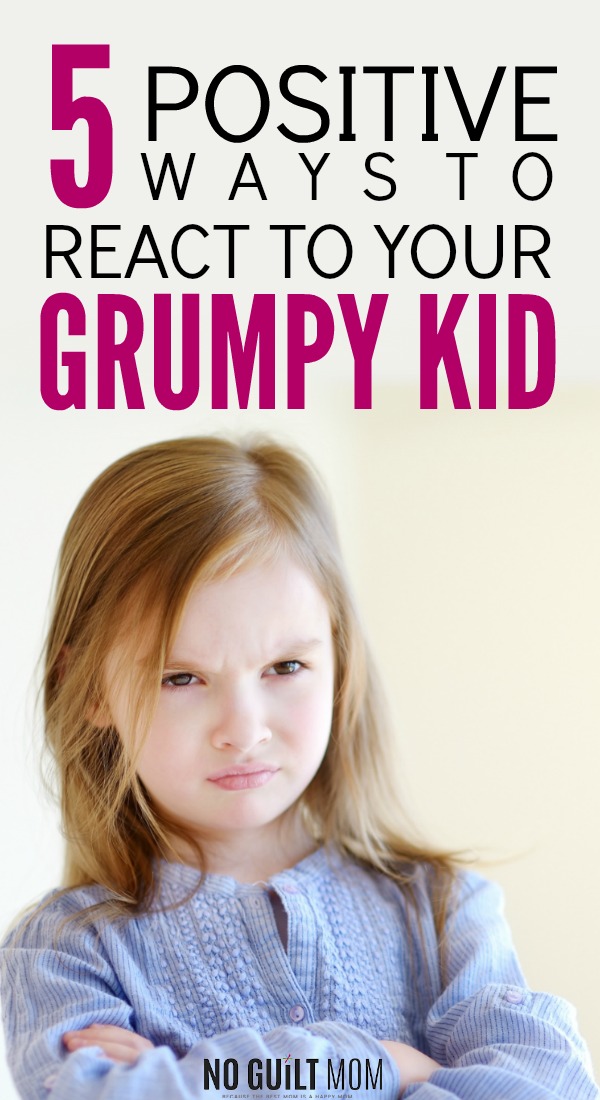



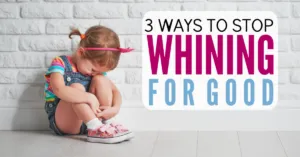
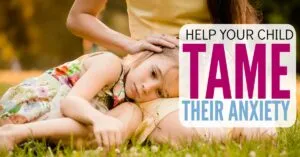



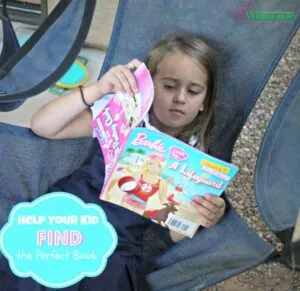



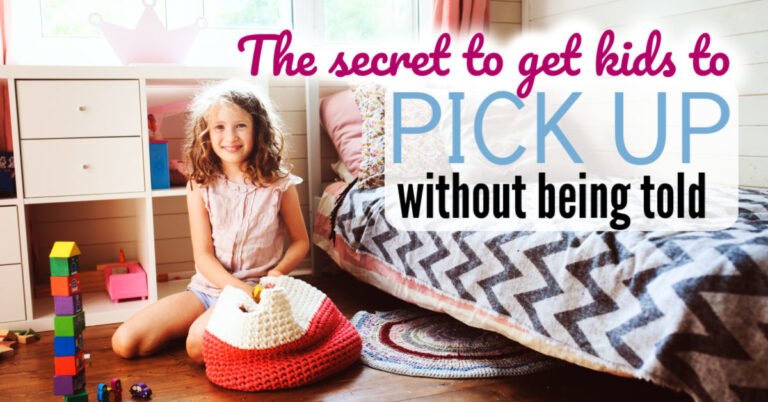

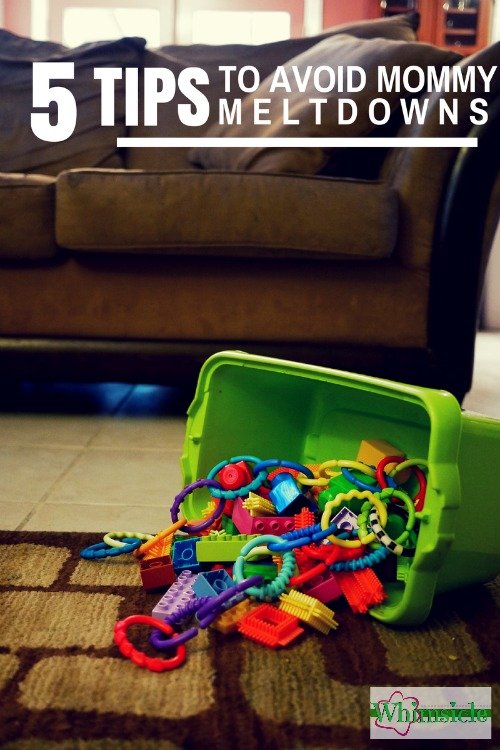

One Comment
Comments are closed.